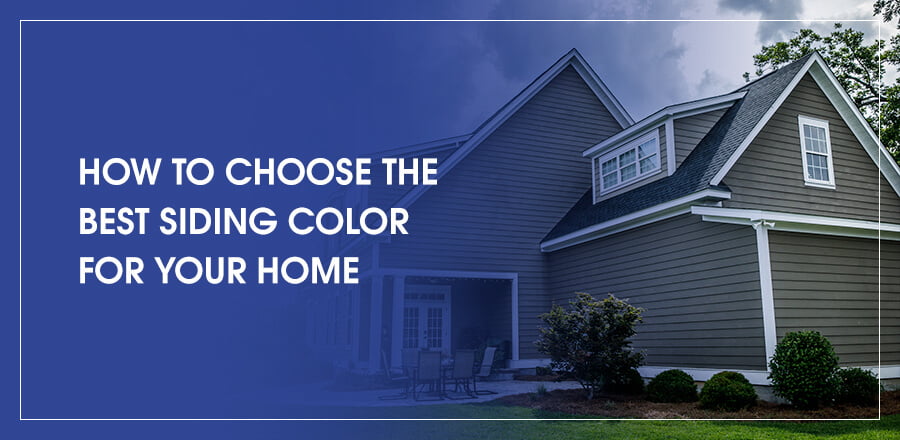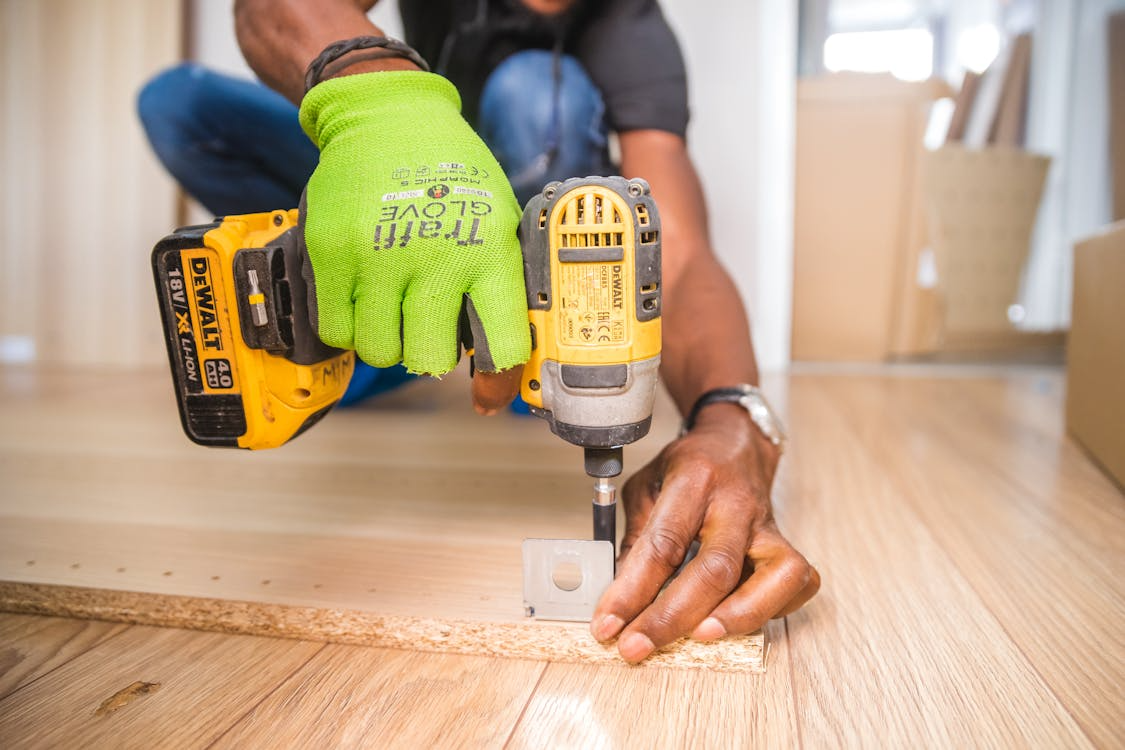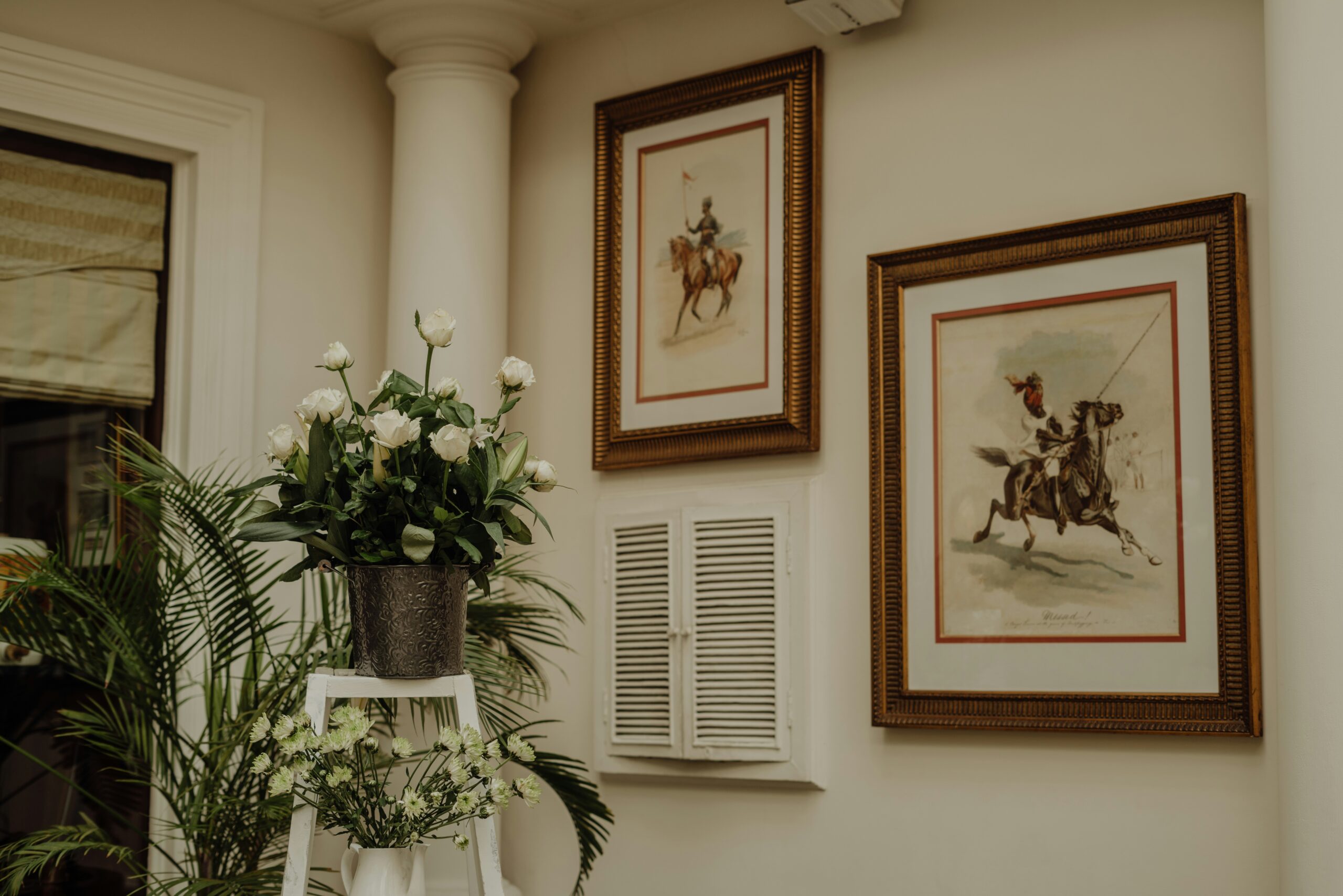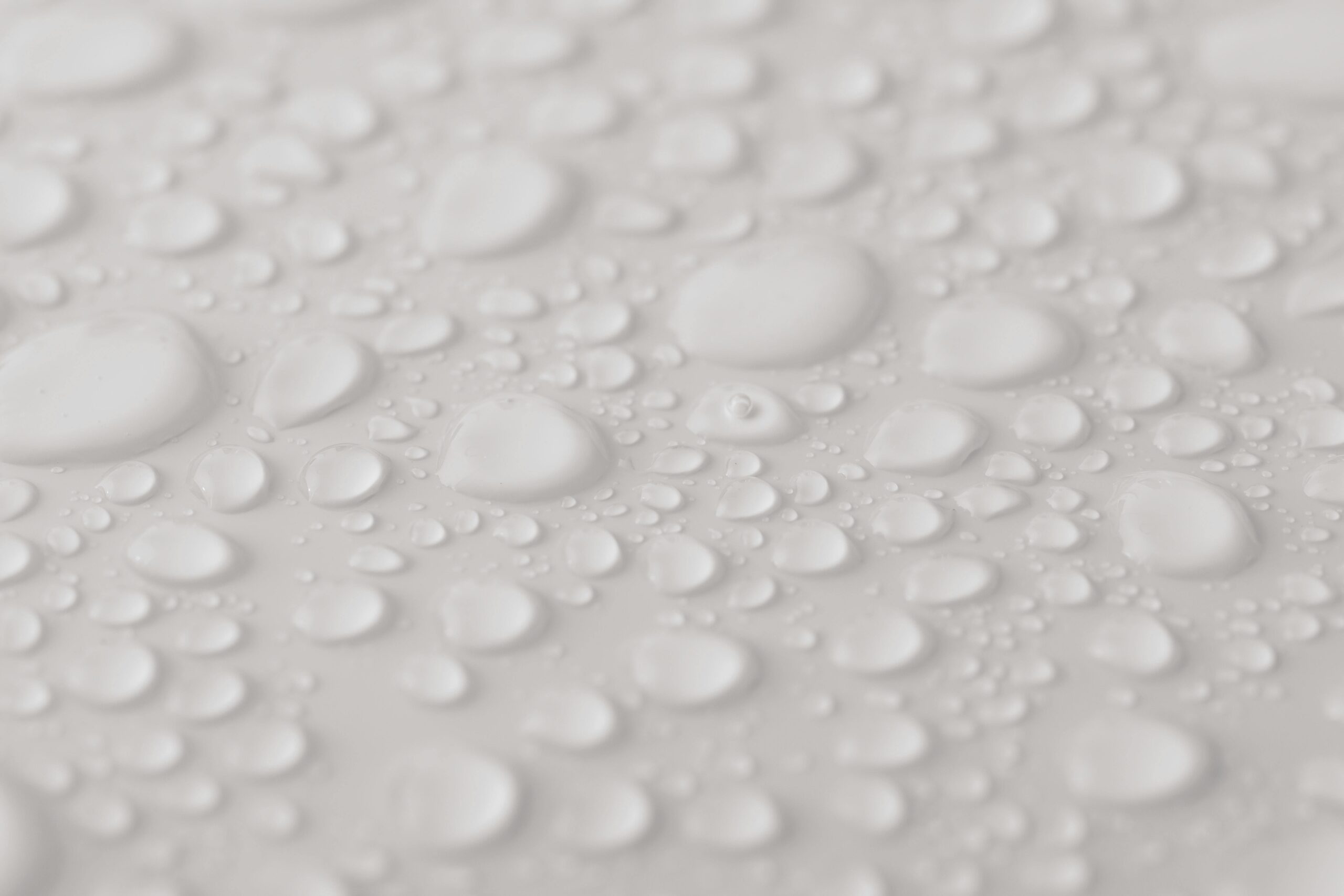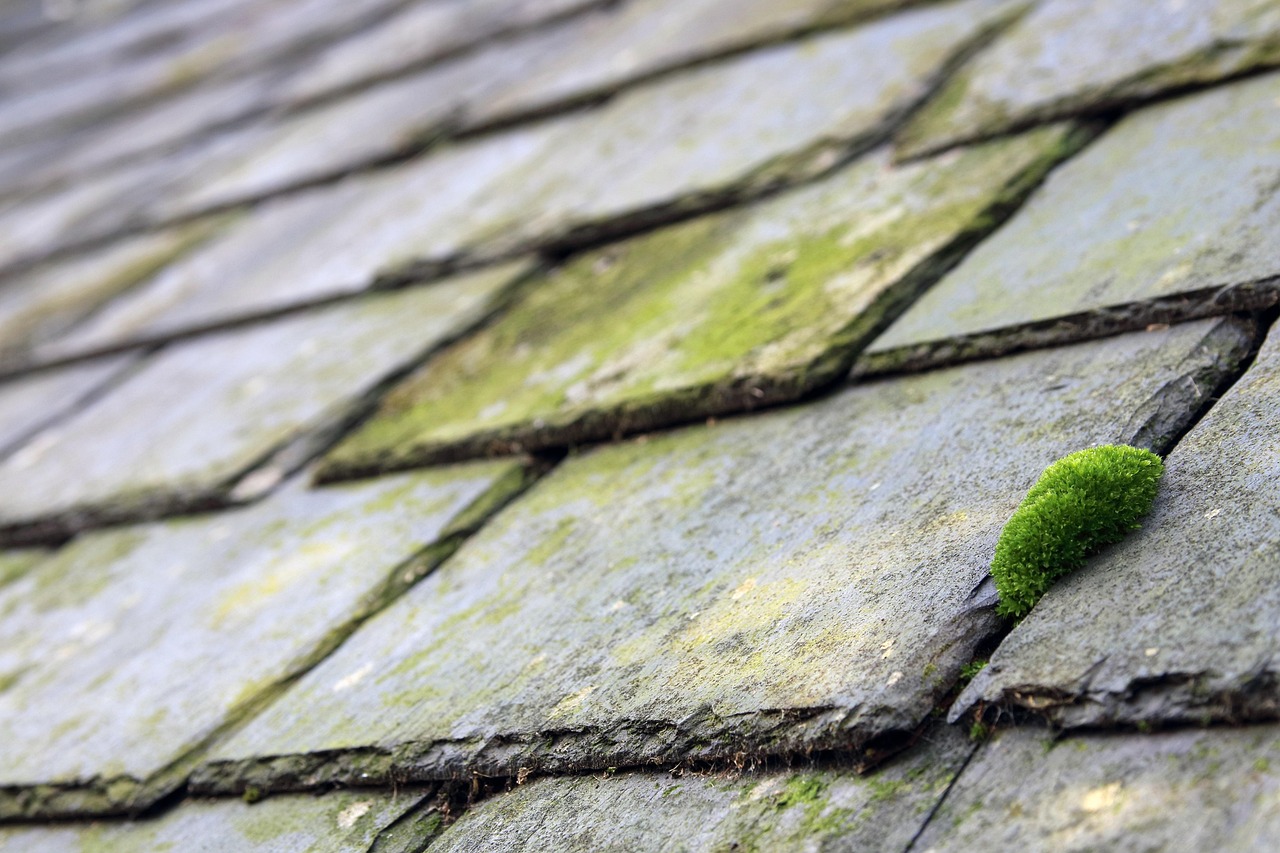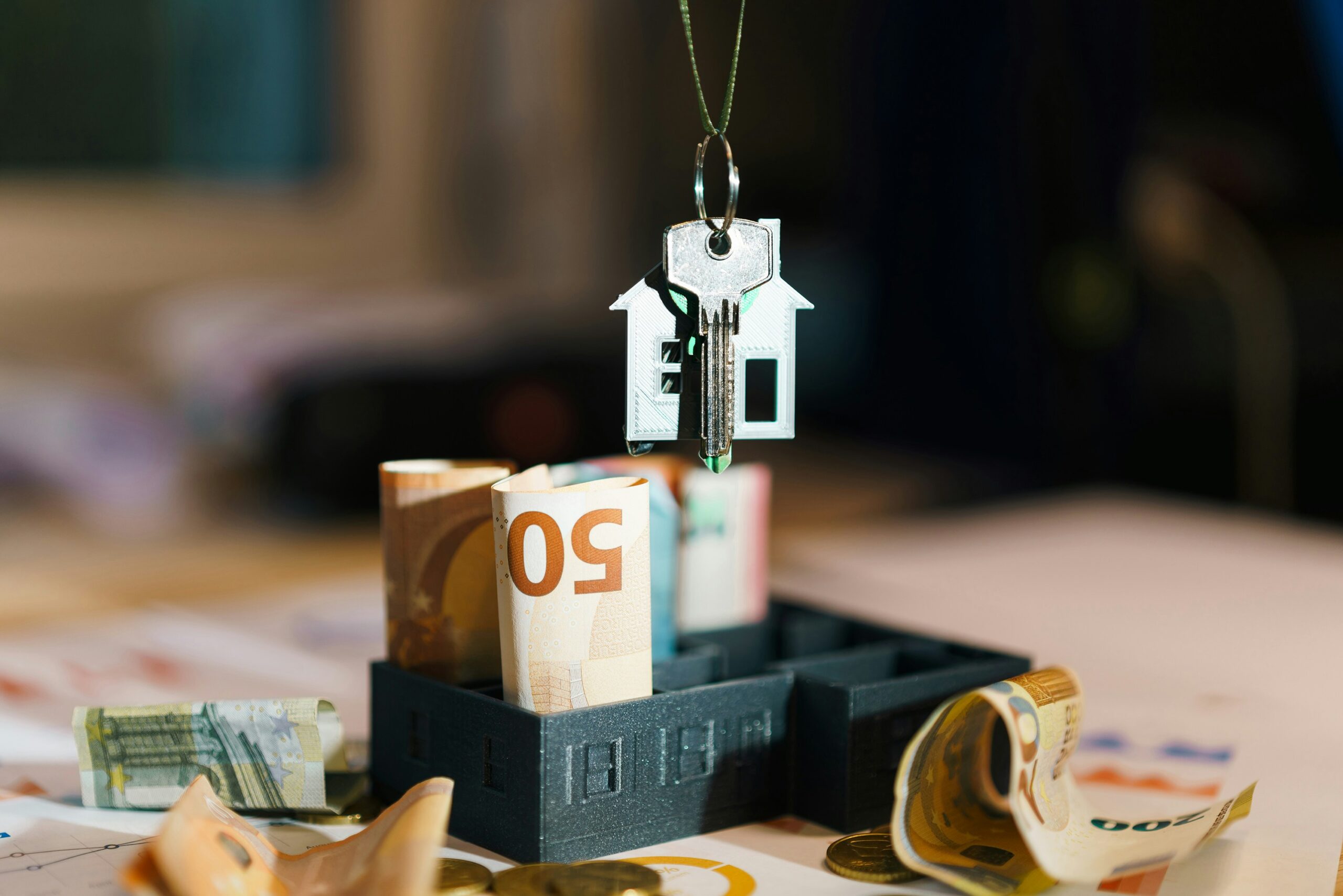When it comes to protecting and beautifying your home, siding is one of the most crucial decisions you’ll make. It plays a key role not only in your home’s aesthetic appeal but also in its insulation, durability, and overall value. With so many options available, selecting the best siding for your house can be a daunting task. This comprehensive guide will walk you through everything you need to know to make an informed decision, covering the different types of siding, their pros and cons, cost considerations, maintenance, and how to match siding with your home’s style and climate.
1. Understanding the Importance of Siding
Siding serves several essential functions for a house:
- Protection: Siding shields your home from the elements, including rain, wind, snow, and sun. It acts as the first line of defense against moisture infiltration, which can lead to mold, mildew, and structural damage.
- Insulation: Many siding materials offer insulating properties that help regulate your home’s internal temperature, leading to energy savings.
- Aesthetic Appeal: The siding you choose greatly impacts your home’s curb appeal. It can enhance or detract from the architectural style of your house.
- Resale Value: High-quality, well-maintained siding can increase the resale value of your home.
Given these factors, choosing the right siding requires careful consideration. If you’re building your house from scratch, new custom home builders can help you figure out the right siding for you. But it’s worth knowing what your options are ahead of time.
2. Types of Siding Materials
There are several siding materials available, each with its own set of characteristics, advantages, and drawbacks. Here’s a closer look at the most popular options:
a. Vinyl Siding
Vinyl siding is one of the most popular choices for homeowners due to its affordability, versatility, and low maintenance.
Pros:
- Cost-Effective: Vinyl is one of the least expensive siding materials on the market.
- Variety: It comes in a wide range of colors, styles, and textures, allowing for customization.
- Low Maintenance: Vinyl doesn’t require painting and is easy to clean with a simple wash.
- Durable: It’s resistant to moisture, insects, and rot.
Cons:
- Appearance: Vinyl siding can sometimes look less authentic compared to natural materials like wood.
- Insulation: Standard vinyl offers minimal insulation unless you opt for insulated vinyl siding, which can be more expensive.
- Environmental Impact: Vinyl is made from PVC, a type of plastic that’s not biodegradable and can release harmful chemicals during manufacturing.
b. Wood Siding
Wood siding offers a classic, timeless look that’s highly sought after for its natural beauty.
Pros:
- Aesthetic Appeal: Wood siding has a warm, authentic look that adds character and charm to a home.
- Versatility: It can be painted or stained in any color, and there are various types of wood to choose from, such as cedar, redwood, and pine.
- Eco-Friendly: Wood is a renewable resource and biodegradable, making it an environmentally friendly choice.
Cons:
- Maintenance: Wood siding requires regular maintenance, including painting or staining, to protect it from moisture and pests.
- Cost: It’s more expensive than many other siding options, both in terms of initial cost and maintenance.
- Vulnerability: Wood is susceptible to rot, insect damage, and warping if not properly maintained.
c. Fiber Cement Siding
Fiber cement siding is a composite material made from cement, sand, and cellulose fibers. It’s known for its durability and versatility.
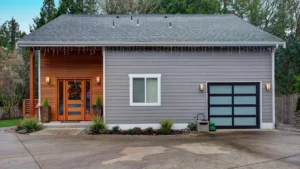
Pros:
- Durability: Fiber cement siding is resistant to fire, insects, and rot. It can withstand extreme weather conditions.
- Appearance: It can mimic the look of wood, stucco, or masonry, offering a wide range of aesthetic options.
- Low Maintenance: It requires less maintenance than wood, with the need for repainting every 10-15 years.
- Eco-Friendly: Made from sustainable materials, fiber cement siding has a lower environmental impact compared to vinyl.
Cons:
- Cost: Fiber cement siding is more expensive than vinyl and requires professional installation, adding to the overall cost.
- Weight: It’s a heavy material, which can make installation more challenging and costly.
- Maintenance: Although it requires less maintenance than wood, it still needs to be repainted periodically.
d. Metal Siding
Metal siding, including aluminum and steel, offers a sleek, modern look and is highly durable.
Pros:
- Durability: Metal siding is resistant to fire, insects, and rot. It’s also highly durable and can last for decades with minimal maintenance.
- Low Maintenance: It doesn’t require painting, and any dirt can be easily washed off.
- Sustainability: Metal siding is often made from recycled materials and is fully recyclable at the end of its life.
Cons:
- Cost: Metal siding can be expensive, particularly for high-end options like steel.
- Appearance: Some homeowners find metal siding too industrial-looking for residential use.
- Noise: Metal siding can be noisy during rain or hailstorms unless properly insulated.
e. Brick Siding
Brick siding is a traditional choice known for its classic appearance and long-lasting durability.
Pros:
- Durability: Brick is one of the most durable siding materials, capable of lasting for centuries with little maintenance.
- Fire Resistance: Brick is naturally fire-resistant, providing an additional layer of safety.
- Low Maintenance: Brick requires minimal upkeep beyond occasional cleaning and repointing of mortar joints.
- Energy Efficiency: Brick provides excellent thermal mass, helping to regulate indoor temperatures.
Cons:
- Cost: Brick siding is one of the most expensive options, both in terms of material and installation costs.
- Weight: The heavy weight of the brick requires a strong foundation, which can add to construction costs.
- Limited Color Options: Brick comes in a limited range of colors, and changing its appearance later can be difficult and costly.
f. Stucco Siding
Stucco is a cement-based material that’s commonly used in Mediterranean, Spanish, and Southwestern-style homes.
Pros:
- Aesthetic Appeal: Stucco offers a unique, textured look that can be customized with different colors and finishes.
- Durability: When properly installed and maintained, stucco can last for decades.
- Fire Resistance: Stucco is non-combustible, making it a good choice for fire-prone areas.
- Insulation: Stucco provides good insulation and can be applied in multiple layers for added energy efficiency.
Cons:
- Maintenance: Stucco can crack over time, especially in areas with significant temperature fluctuations or ground movement, requiring repairs.
- Cost: The installation process is labor-intensive, making stucco more expensive than some other siding options.
- Vulnerability: Stucco is prone to water damage if not properly sealed and maintained.
g. Stone Veneer Siding
Stone veneer siding mimics the look of natural stone but at a fraction of the cost. It’s a popular choice for adding a touch of elegance to a home’s exterior.
Pros:
- Appearance: Stone veneer offers the luxurious look of natural stone without the associated costs.
- Durability: It’s resistant to weather, fire, and pests, making it a long-lasting option.
- Lightweight: Stone veneer is much lighter than natural stone, making installation easier and less expensive.
Cons:
- Cost: While less expensive than natural stone, stone veneer is still pricier than other siding options.
- Installation: Improper installation can lead to issues like moisture infiltration, so professional installation is recommended.
- Limited Coverage: Stone veneer is often used as an accent rather than as full siding, so it may not be suitable for all areas of a home.
3. Factors to Consider When Choosing Siding
Choosing the best siding for your home involves more than just selecting the material that looks the best. You’ll need to consider several other factors:
a. Climate
Your local climate plays a significant role in determining the best siding material for your home:
- Hot Climates: In areas with high temperatures, you’ll want a siding material that reflects heat and doesn’t expand or warp easily. Metal siding, stucco, and fiber cement are good options.
- Cold Climates: For colder regions, consider siding materials that provide good insulation and can withstand freeze-thaw cycles. Wood, fiber cement, and insulated vinyl are ideal choices.
- Humid Climates: In areas with high humidity, moisture resistance is crucial. Vinyl, fiber cement, and brick siding are all good choices.
- Windy or Storm-Prone Areas: Durability is key in areas prone to high winds or storms. Fiber cement, metal, and brick siding are all known for their ability to withstand extreme weather.
b. Architectural Style
Your home’s architectural style should guide your siding choice to ensure a cohesive look:
- Traditional Styles: Homes with classic or historic styles often look best with wood, brick, or stone veneer siding, which offer a timeless appearance.
- Modern Styles: For contemporary homes, metal, fiber cement, or stucco siding can provide the sleek, clean lines that characterize modern architecture.
- Ranch or Bungalow: Vinyl, wood, or fiber cement siding can complement the simple, horizontal lines of these styles.
- Mediterranean or Southwestern: Stucco is the go-to choice for these styles, offering an authentic and appropriate finish.
c. Budget
Your budget will naturally influence your choice of siding. It’s important to balance cost with quality, durability,
FAQs
1. What is the most durable siding material?
Brick, stone veneer, and fiber cement siding are among the most durable options, offering long-lasting protection and resilience against the elements. These materials can withstand harsh weather conditions, fire, and pests, making them ideal for homeowners seeking durability.
2. How does siding affect my home’s energy efficiency?
Siding can impact your home’s energy efficiency by providing insulation that helps regulate indoor temperatures. Materials like insulated vinyl and fiber cement offer better thermal resistance, which can reduce heating and cooling costs. Proper installation is key to maximizing energy efficiency.
3. Is it possible to install siding myself, or should I hire a professional?
While some homeowners with DIY experience can install siding like vinyl or wood, professional installation is recommended, especially for more complex materials like fiber cement, brick, or stucco. A professional ensures proper installation, which is crucial for durability and maintaining warranties.
4. What maintenance does each type of siding require?
Maintenance varies by material. Vinyl and metal siding are low-maintenance and require only occasional cleaning. Wood siding needs regular painting or staining to protect it from moisture and pests. Fiber cement siding requires repainting every 10-15 years, while stucco may need repairs for cracks over time.
5. How do I choose the right color for my siding?
When choosing a siding color, consider your home’s architectural style, surrounding environment, and personal preference. Light colors can make your home appear larger and reflect heat, which is ideal for warm climates, while darker colors add warmth and can complement traditional or historic homes.
Cons of Different Siding Materials
Vinyl Siding:
- Less Authentic Look: Vinyl can sometimes look artificial compared to natural materials like wood or stone.
- Limited Insulation: Standard vinyl provides minimal insulation, which may require additional measures to improve energy efficiency.
- Environmental Concerns: Made from PVC, vinyl is not biodegradable and can have a negative environmental impact.
Wood Siding:
- High Maintenance: Requires frequent painting or staining to prevent damage from moisture and pests.
- Cost: Wood is more expensive than other siding options, both initially and in terms of ongoing maintenance.
- Susceptible to Damage: Wood is prone to rot, insect infestation, and warping if not properly maintained.
Fiber Cement Siding:
- Higher Cost: More expensive than vinyl, with higher installation costs due to its weight and complexity.
- Periodic Maintenance: Needs repainting every 10-15 years, which adds to long-term maintenance costs.
- Heavy Material: Its weight can complicate installation and may require structural adjustments to your home.
Metal Siding:
- Industrial Appearance: May not suit all home styles, as it can look too modern or industrial.
- Potential Noise: Can be noisy during rain or hail unless properly insulated.
- Cost: High-quality metal siding can be expensive, especially for steel options.
Brick Siding:
- High Cost: One of the most expensive siding options, both in material and installation.
- Weight: Heavy material that requires a strong foundation, potentially increasing construction costs.
- Limited Color Options: Brick has fewer color choices, and changing its appearance later can be challenging and expensive.

